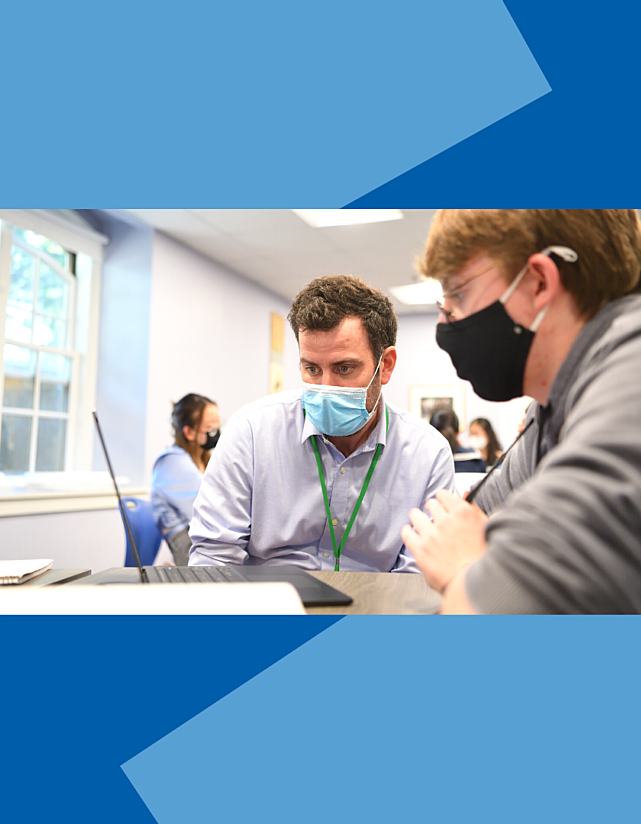
October 22, 2021
Feedback in Practice
Actionable steps to ensure the time teachers spend giving feedback impacts student learning deeplyby Tang Institute
Giving feedback is one of the most impactful responsibilities educators have, yet teachers rarely receive explicit, evidence-based guidance in how to do so. Andy Housiaux, director of the Tang Institute at Phillips Academy, and Bowman Dickson, math teacher at St. Albans School in Washington, D.C., began working on this problem during the pandemic summer of 2020 when they realized that educators were rethinking their approaches to teaching and learning.
Housiaux and Dickson analyzed and synthesized several decades of research, and then translated their findings into an approach that has teachers—and classroom implementation—in mind.
Feedback in Practice introduces four big ideas, and each big idea offers several specific moves a teacher can make to better support student learning.
- BIG IDEA #1 — STUDENTS MUST ENGAGE WITH FEEDBACK IN ORDER TO LEARN FROM IT.
- BIG IDEA #2 — FEEDBACK DEPENDS ON A STUDENT’S IDENTITY AND THEIR RELATIONSHIP TO THEIR TEACHER.
- BIG IDEA #3 — QUALITY FEEDBACK FOCUSES ON SPECIFIC INSTRUCTIONAL GOALS.
- BIG IDEA #4 — FEEDBACK AND GRADING ARE DIFFERENT.
The document also offers case studies that help teachers explore these ideas in specific contexts.
Educators from all levels are reaching out for conversations with Housiaux and Dickson, proving that this resource and research have real relevance for our classrooms. They will present their work at the National Association of Independent Schools (NAIS) Online Annual Conference in March, and Housiaux will present it the American Philosophical Association conference in January.
Click here to read Feedback in Practice.
Feedback that is delivered effectively will advance student learning in ways that even the most well-intentioned evaluation, advice, and praise simply cannot.
”